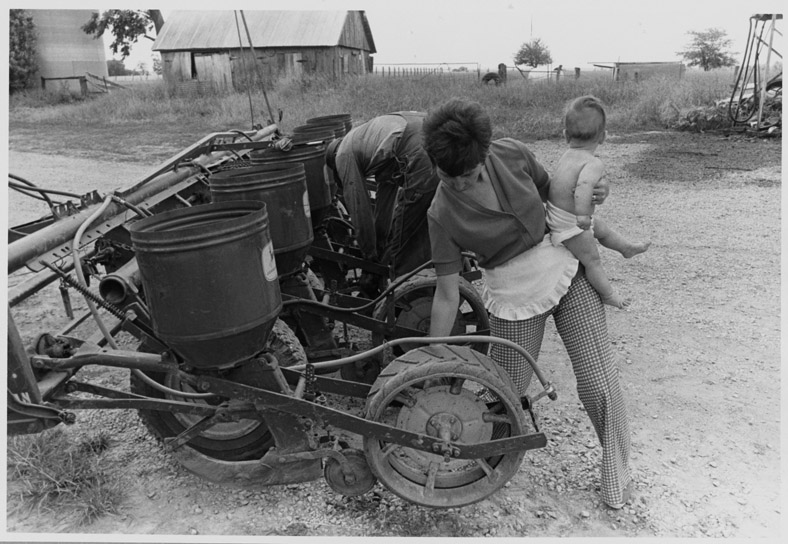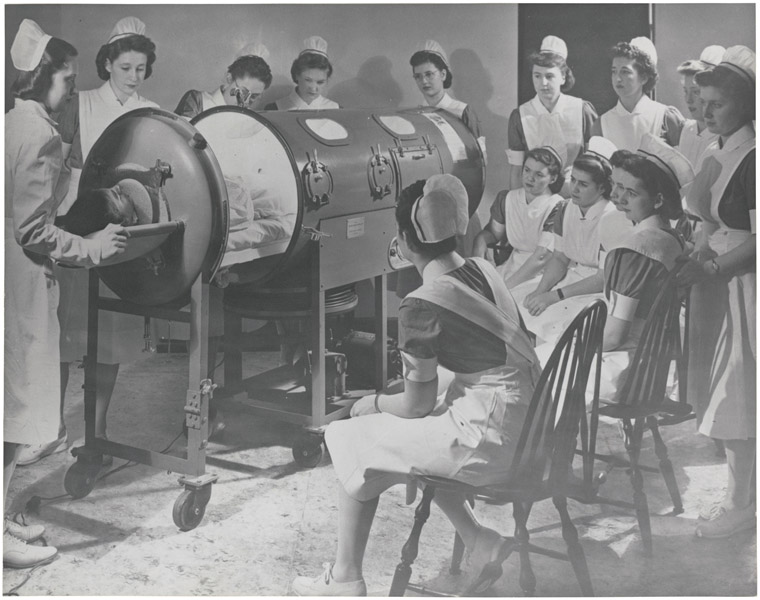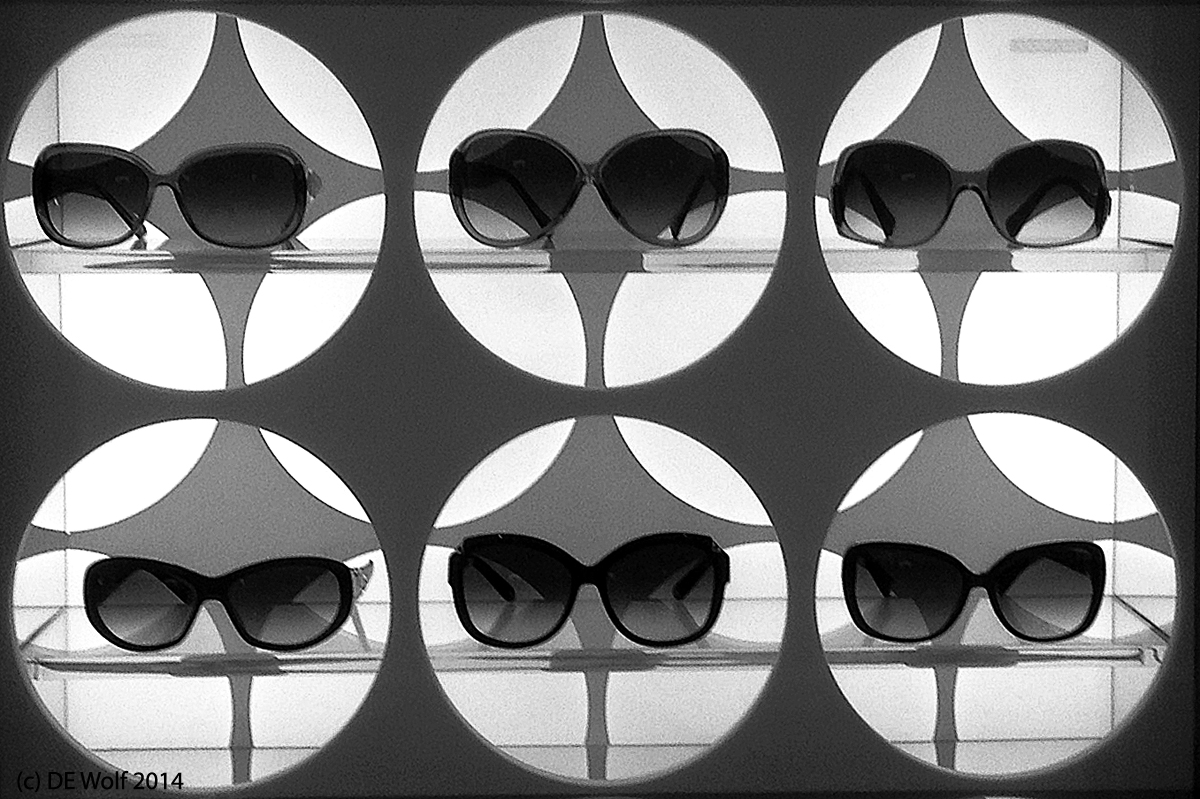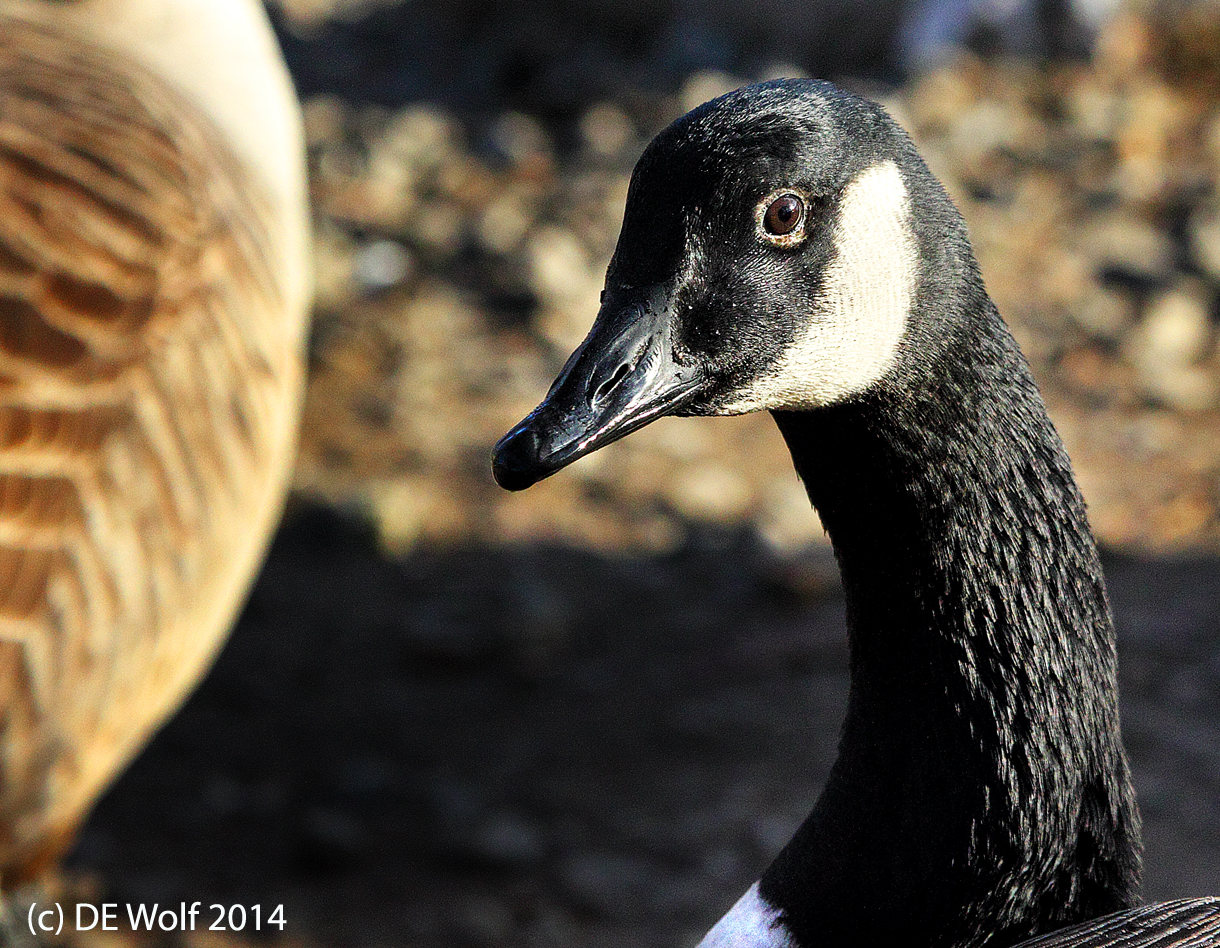I’ve been thinking a lot about social media and its relationship to photography lately, in particular about Facebook. It is a marvel of ingenuity, in that it is free to use. What is more marvelous than free? Hmm, I seem to remember somebody saying that there was no free lunch. No doubt this and sites like Flickr are ideal ways of sharing photographs with your friends, and posting photographs that you will regret twenty years from now. Buy hey, this is a kind of narcissistic “live for the moment period in history.” The problem with Facebook is that it is, or should be, a post for the lowest common denominator kind of place. Those who are keeping score, whoever they may be (I’m not really sure who they are) count up the number of friends that you have. So in the mad frenzy for “friendship,” which it isn’t really, you friend everyone on site (sic) and then you have a fundamental problem, anything that you post, text or image, must be shared with everyone. So if your smart you’re only going to post what you want everyone to see.
I will skip the diatribe on all the dumb people, friends of friends, who insist on posting political BS filled with xenophobic prejudice, sexism, and racism, and well, just plain stupidity. Yes, you are stupid. please unfriend me! I believe in a kinder, gentler world. one filled with beauty and photographs. You, my unfriends, are the polluters of the planet! Oh sorry, I wasn’t going to talk about this…
Which takes me back to the point. there are several great photo-groups, known as User Groups, on Facebook: “Black and White,” ” Strictly Black and White,” “Worldwide Photography,” and “Life after People,” to name some of my favorites. And I have seen some beautiful pictures on these groups. I have also seen some poor taste stuff and even pornographic stuff – there is a line, you know. If I see for instance a woman in a compromising or suggestive position, I am not shocked, but I am saddened that it doesn’t promote my kinder, gentler world.
The plus side to sites like Facebook is visibility. It is after all a concentration of friends. I get about equal viewings of my blog on Facebook, where it comes in on an RSS feed, as I do directly to subscribers on my own website.
The real difficulty, I shouldn’t say problem, with Facebook groups lies in the fundamental streaming nature of the site. Things pour in and, as a result, if you don’t dig for them, are intrinsically ephemeral. You want to belong to a popular group, because you want your art seen. But your images rapidly disappear from easy viewing; so in a sense popularity is self-consuming. We can have our fifteen minutes of fame, but nothing more.
Facebook serves what Facebook serves, and I am a big fan of it. I have also seen some beautiful images on Facebook and despite their limitations, I enjoy the photo-groups. But, as always the case, with e-technology, where there’s a demand there is a solution (albeit never perfect) and that will be the discussion of an upcoming blog.




